Where Is Your AED Registered?
- Feb 24, 2020

If you own an AED, you are likely aware of your state’s requirements for registering your AED with local or state authorities.
If you’re not sure of your state’s requirements, make sure to check out our Legislation Guide. But have you ever wondered what happens with the information regarding your AED’s location after you register it?
JEMS, a popular EMS publication, recently published an article by Dr. Bentley J. Bowbrow entitled “The Case for AED Registries”. The article is a must-read if you work with an EMS service as it delves into a variety of ways that registries can be used to better protect your community.
Dr. Bowbrow lists three reasons why well-maintained and designed AED Registries are a necessity:
- You can’t use AEDs if you don’t know where they are- An AED Registry could ideally be utilized to identify the nearest public access AED when 911 is notified.
- You can’t use AEDs if they’re not maintained- Dr. Bowbrow recommends that AED Registries can set up maintenance notification reminders much like AED Management Programs.
- You can’t use AEDs if they’re not there- AED Registries can be used to identify what areas of the community are lacking in public access AEDs.
Ultimately, AED Registries should be more than something AED owners check off when fulfilling their legal requirements. They have the potential to track AEDs throughout an entire community and raise awareness among the general public.
So, what sort of AED Registry does your community have? As a medical professional, AED owner, or community member how can you work to make that registry more effective? We’d love to hear about how your community is improving AED deployment.





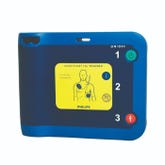

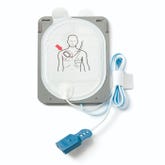
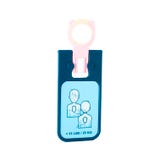
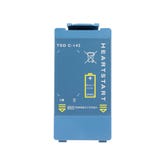
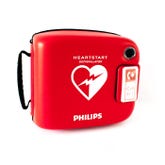
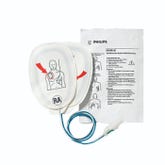
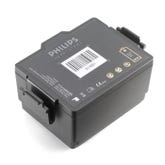
 CALL US:
CALL US: